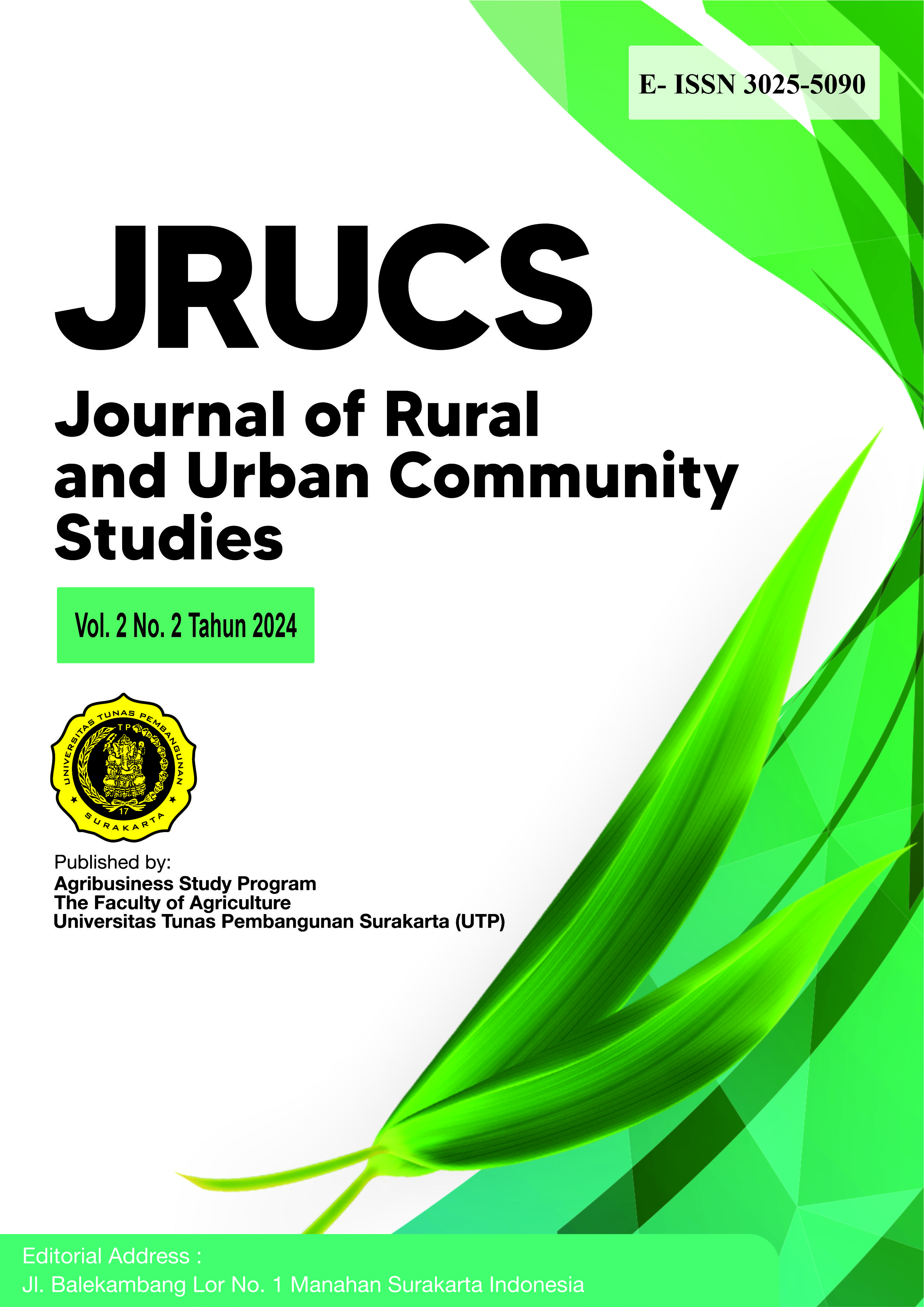Study of Nitrogen and Phosporus Doses on The Growth and Yield of Rice Plant (Oryza sativa L.) Mekongga Variety Used
Abstract
The rice plant (Oryza sativa L.) is the main food commodity in Indonesia, but its production has not shown a significant increase. To increase rice productivity, especially in rainfed areas, it is necessary to optimize the use of nutrients such as nitrogen and phosphorus. Facing the challenges of low fertility and limited water availability, endophytic bacterial consortia can help increase nutrient availability and plant growth. The aim of this research was to determine the effect of nitrogen and phosphorus doses and their interactions on the growth and yield of the Mekongga rice variety in rainfed land where a consortium of endophytic bacteria was applied. The treatments carried out were designed as a factorial experiment in a Randomized Completely Block Design, namely the Nitrogen factor consisting of four dose levels: 0, 92, 184, 276 kg/ha and the Phosphorus factor consisting of four dose levels: 0, 72, 144, 216 kg/ha with three repetitions. The results showed that differences in nitrogen doses had a significant effect on the number of grains per panicle of rice plants, but did not have a significant effect on other growth and yield parameters of rice plants. Varying phosphorus doses and combinations of nitrogen and phosphorus doses did not have a significant effect on all growth and yield parameters of the Mekongga rice variety.


